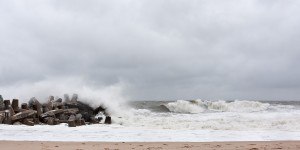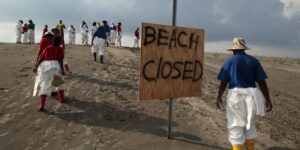Climate change is having an impact on natural hazards all around the world and wildfire is at the forefront of this activity. Wildfire patterns that used to be confined to late summer months are a more continual threat and the way the insurance industry thinks about wildfire risk needs to change.
One important view of wildfire risk is a community’s resilience and ability to withstand a big fire event. When looking at risk traditionally, California tops the list each year for wildfire risk simply because it is the most populous state in the wildfire-prone west. However, if a fire destroys 800 homes in California, the recovery roadmap and lasting economic impact is not synonymous with 800 homes burning in Wyoming, when considering the size of each state’s housing stock. There are many facets of wildfire impact: human displacement, reconstruction resources, and individual and community economic recovery. In its 2021 Wildfire Report, CoreLogic analyzes risk and resilience through a housing stock comparison lens to understand the most accurate potential impact of a devastating wildfire season. Readers might be surprised to learn which midwestern states carry the highest percent of housing stock with wildfire risk.
Learn more by reading the CoreLogic 2021 Wildfire Report.




















 Progressive Gains as Drivers Shop Around for Auto Insurance—Again
Progressive Gains as Drivers Shop Around for Auto Insurance—Again  Study: U.S. Companies Facing Class Actions at Highest Level in 13 Years
Study: U.S. Companies Facing Class Actions at Highest Level in 13 Years  The Insurance Data Paradox: Structure Creates Flexibility
The Insurance Data Paradox: Structure Creates Flexibility  Allstate’s Safe Driving App Helps Reduce Chance of Collision by 25%
Allstate’s Safe Driving App Helps Reduce Chance of Collision by 25% 